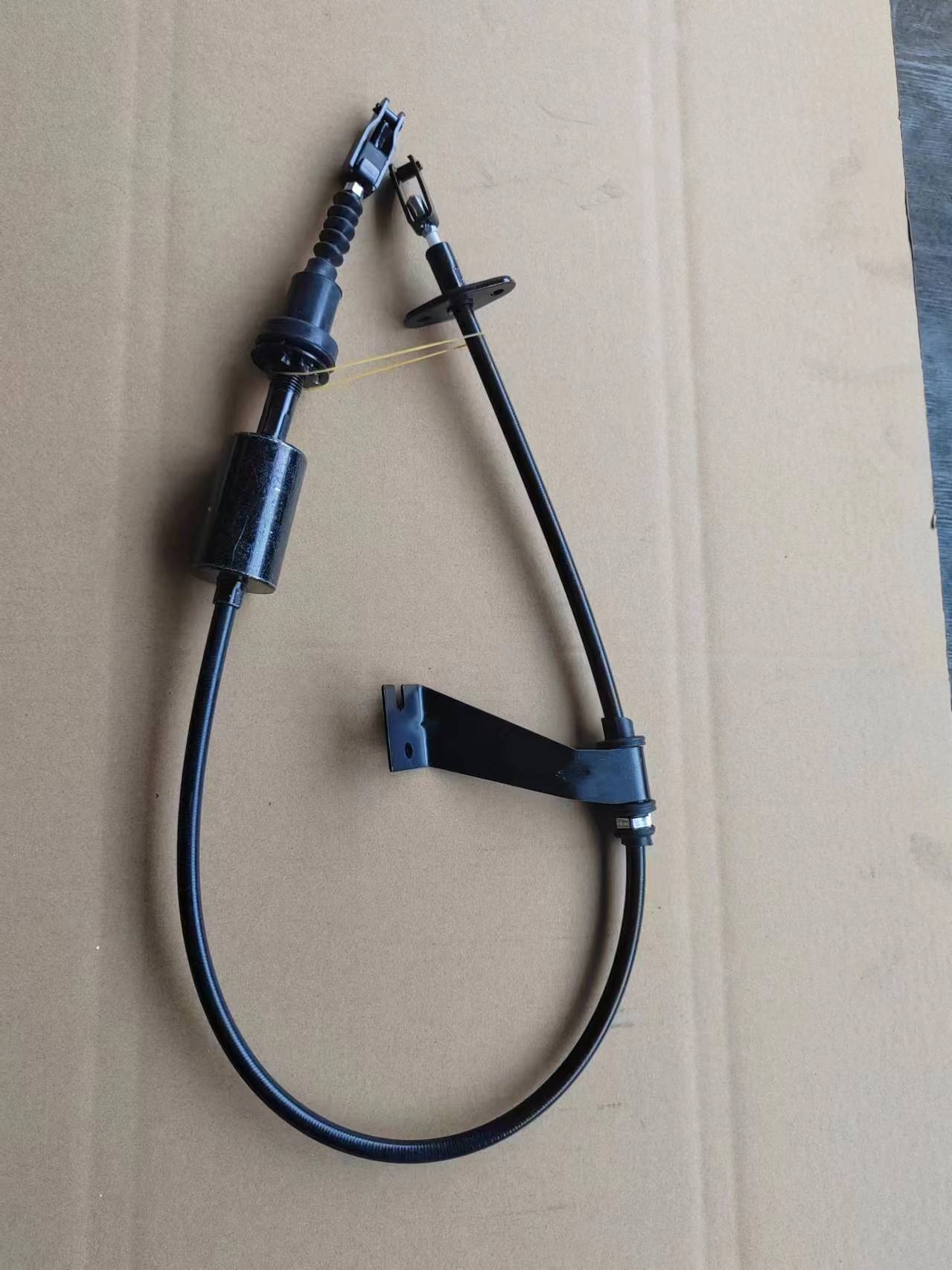Throttle Cable Connection System for Enhanced Engine Performance and Responsiveness
Understanding Throttle Cable Linkage A Key Component in Automotive Performance
Throttle cable linkage plays a crucial role in the performance and operation of internal combustion engines. Understanding its function, design, and maintenance can lead to enhanced vehicle efficiency and responsiveness.
What is Throttle Cable Linkage?
Throttle cable linkage refers to the mechanical connection between the accelerator pedal and the throttle body in an engine. This linkage consists of a cable that translates the driver’s input on the accelerator pedal into a corresponding opening of the throttle valve, a component responsible for regulating the airflow into the engine. Proper functioning of the throttle cable is essential for optimal engine performance, responsiveness, and fuel efficiency.
Components of Throttle Cable Linkage
The throttle cable system generally consists of several key components
1. Throttle Cable A flexible cable that connects the accelerator pedal to the throttle body. When the pedal is pressed, the cable pulls on the throttle valve to increase the amount of air entering the engine.
2. Return Spring A spring mechanism attached to the throttle body ensures that the throttle valve returns to the closed position when the accelerator pedal is released. This feature is vital for engine control and safety, preventing unintended acceleration.
3. Throttle Body The component where the air enters the engine. It houses the throttle valve, which opens and closes to regulate airflow based on the position of the accelerator pedal.
throttle cable linkage

4. Accelerator Pedal The interface for the driver, allowing for the direct control of engine power. Its design and placement are ergonomically engineered for ease of use and comfort.
Importance of Throttle Cable Linkage
The throttle cable linkage is not just a simple mechanical connection; it is integral to engine performance. Precise control over the throttle valve ensures that the engine receives the correct amount of air. This balance is crucial for maintaining the ideal air-fuel mixture necessary for efficient combustion. If the linkage malfunctions, it can result in poor engine performance, increased emissions, and decreased fuel economy.
Common Issues and Maintenance
Like any mechanical system, throttle cable linkages can encounter issues over time. Common problems include fraying of the cable, stiffness due to lack of lubrication, or misalignment that can cause delayed throttle response. Drivers may notice symptoms like a sticky throttle, unresponsive acceleration, or erratic engine performance.
Regular maintenance is essential to ensure the proper functioning of throttle cable linkages. This includes periodic inspections for wear and tear, lubrication of moving parts, and adjustments to ensure proper cable tension. In many cases, a simple adjustment or replacement of the throttle cable can restore performance and ensure safety.
Conclusion
In summary, the throttle cable linkage is a small but mighty component that plays a significant role in vehicle performance. Understanding its function and maintaining it properly can lead to better engine responsiveness, improved fuel efficiency, and enhanced overall driving experience. Whether you are a casual driver or an automotive enthusiast, keeping an eye on your throttle cable linkage will help ensure your vehicle operates at its best for years to come.
-
Upgrade Your Vehicle with High-Quality Handbrake CablesNewsNov.01,2024
-
Optimize Your Bike's Performance with Quality CablesNewsNov.01,2024
-
Enhance Your Vehicle's Performance with Quality Clutch ComponentsNewsNov.01,2024
-
Elevate Your Vehicle's Performance with Quality Throttle CablesNewsNov.01,2024
-
Elevate Your Vehicle's Performance with Quality CablesNewsNov.01,2024
-
Affordable Solutions for Your Cable NeedsNewsNov.01,2024
